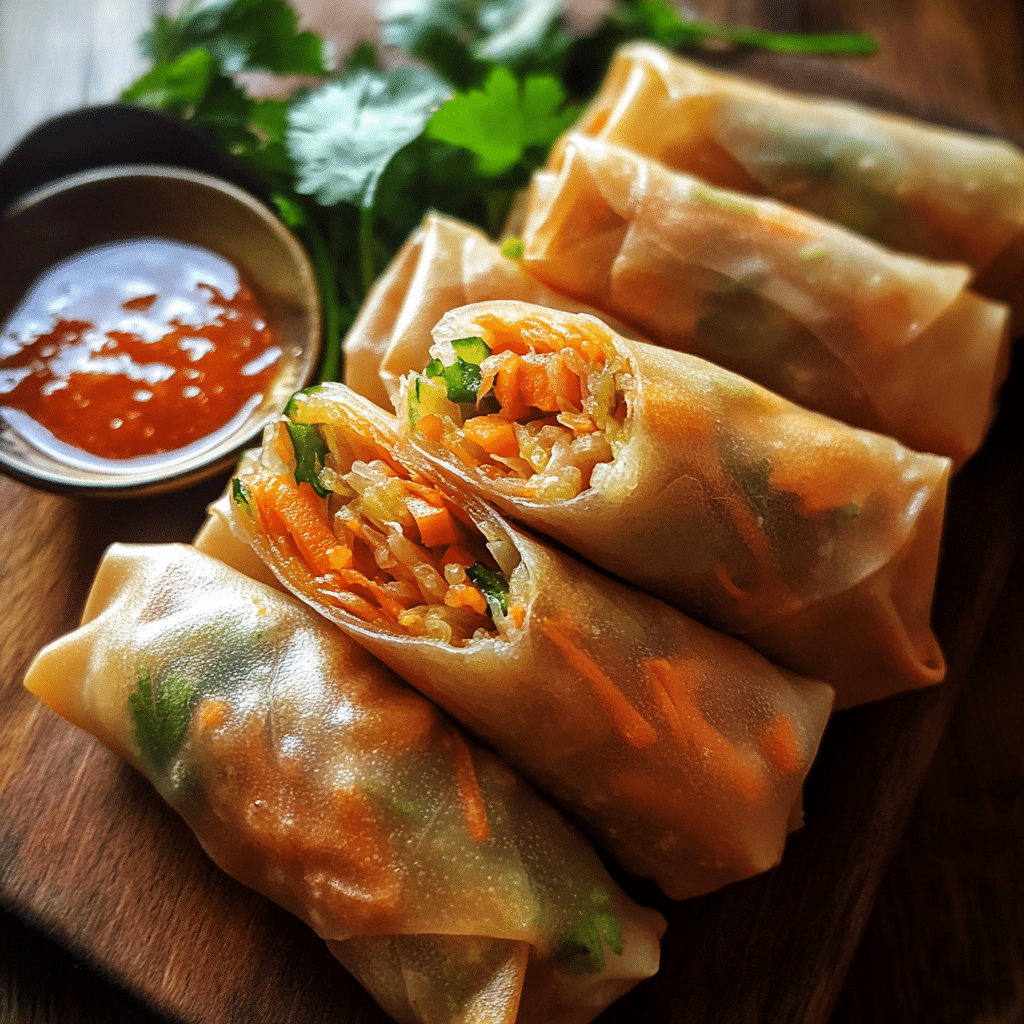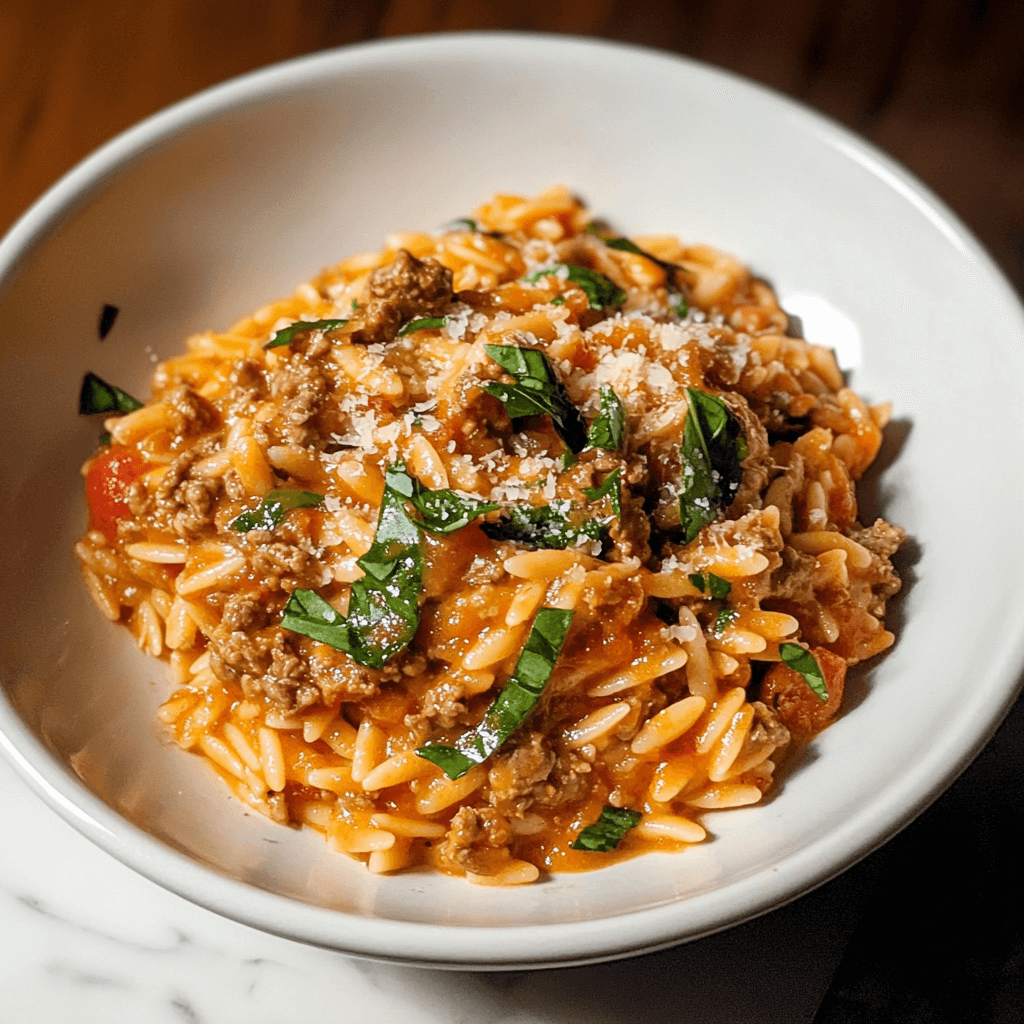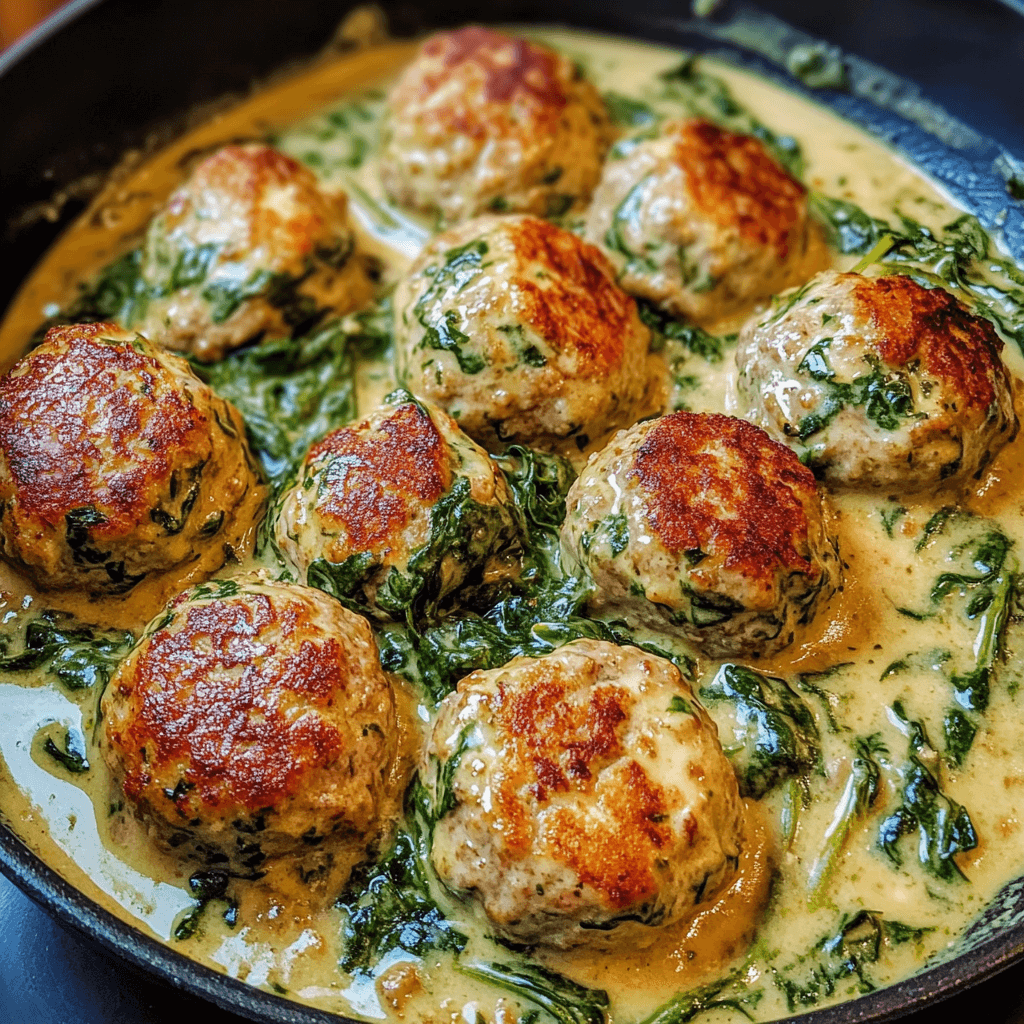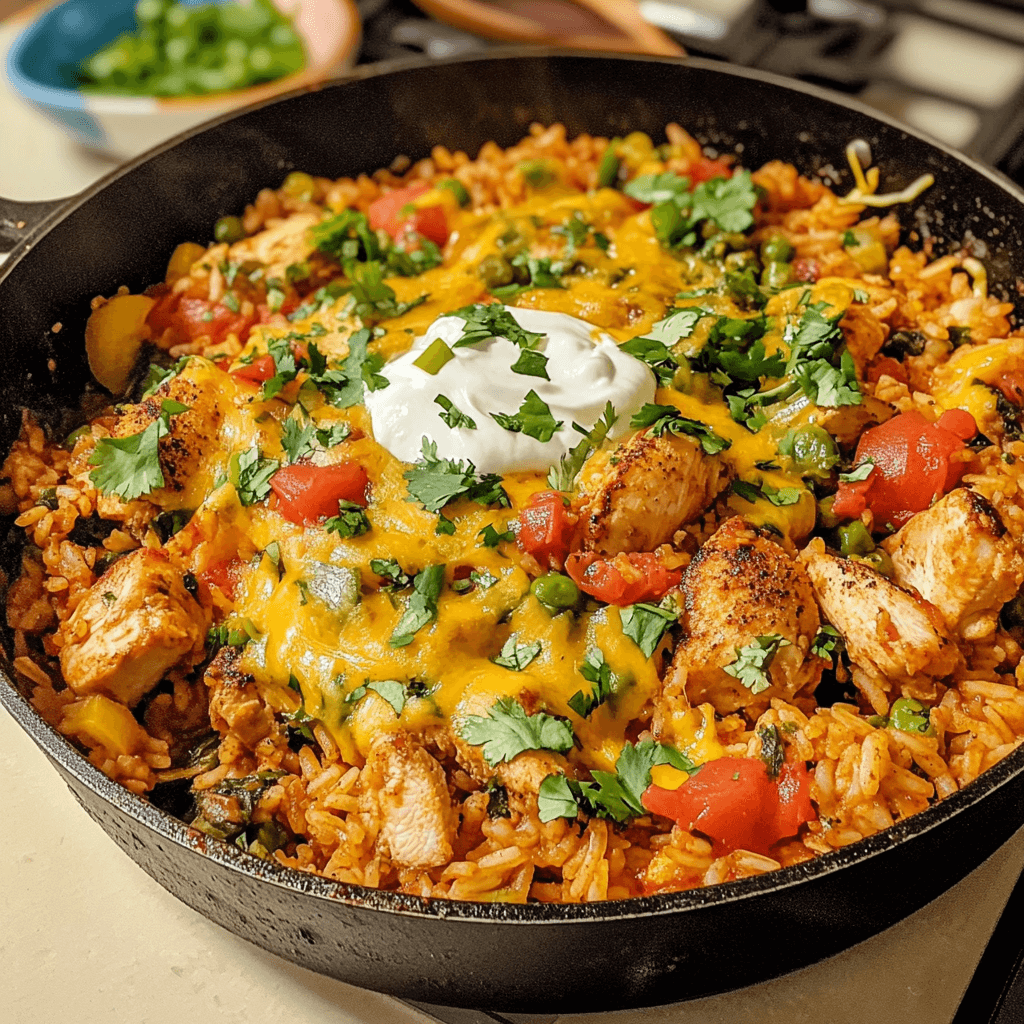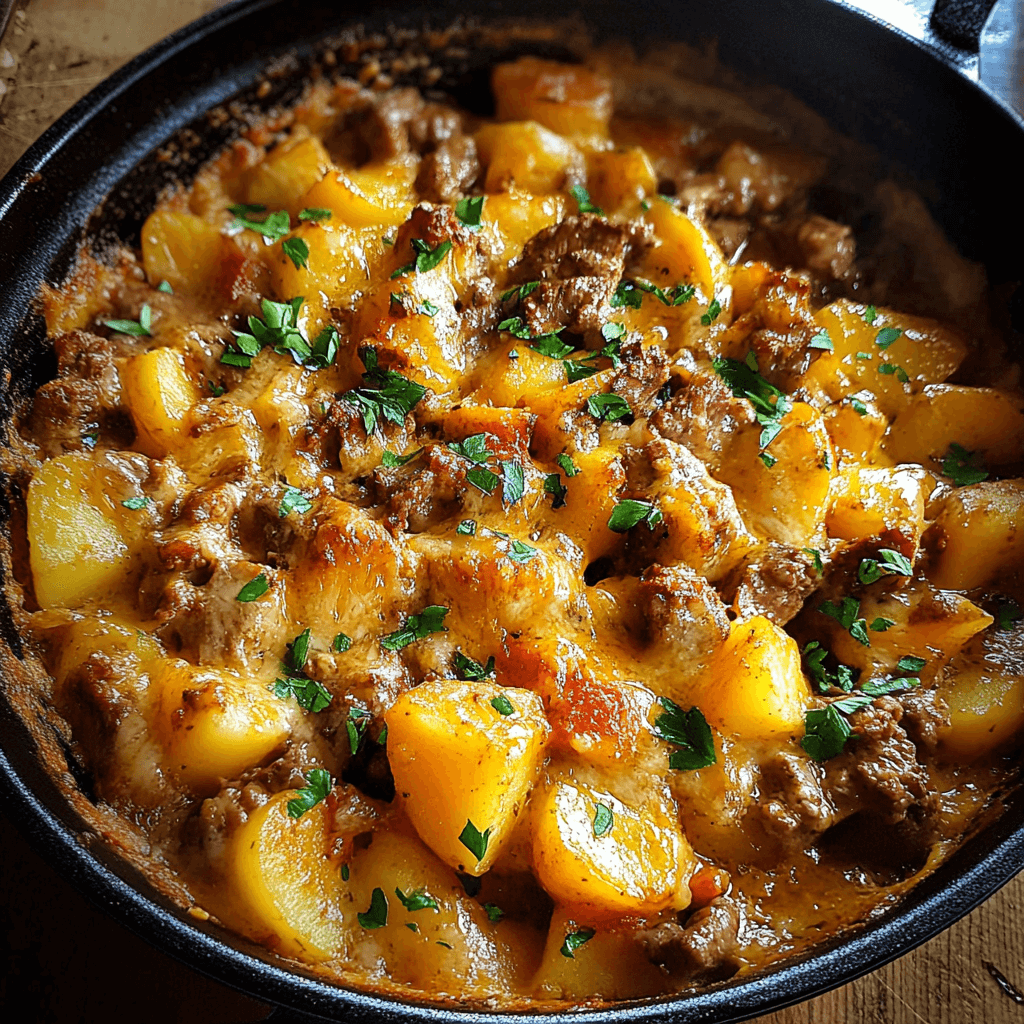Introduction
Vegetable Spring Rolls are a vibrant, healthy, and delicious appetizer that combines fresh vegetables with a light, crispy wrapper, offering a delightful texture and flavor profile in every bite. These spring rolls are a staple in many Asian cuisines, especially Vietnamese and Thai, where they are often served as a refreshing starter or snack. What makes vegetable spring rolls so appealing is their versatility, allowing for endless variations depending on the available ingredients and your personal taste preferences.
Whether you’re looking for a fresh appetizer for a gathering, a healthy snack, or simply want to try something new, vegetable spring rolls offer a perfect balance of flavor, crunch, and freshness. This recipe will guide you through the process of making homemade vegetable spring rolls, with step-by-step instructions and helpful tips for the best results. Plus, we’ll explore fun variations and dipping sauces to complement your spring rolls and enhance the overall experience.
Why You’ll Love Vegetable Spring Rolls
- Light and Fresh: The combination of fresh vegetables and herbs makes vegetable spring rolls a light and refreshing dish that’s perfect for warm weather or when you’re craving something healthy but flavorful.
- Customizable: You can adjust the fillings based on what’s in season or your dietary preferences. Whether you prefer a vegetarian version or want to add protein like shrimp or tofu, vegetable spring rolls are highly adaptable.
- Crispy and Crunchy: The rice paper wrappers offer a light, crispy texture that contrasts beautifully with the fresh, crunchy vegetables inside. The added texture makes every bite satisfying without feeling heavy.
- Healthy and Nutritious: Packed with fresh vegetables, herbs, and minimal oil, vegetable spring rolls are a great option for those looking for a nutritious, low-calorie snack or appetizer. They are high in fiber and vitamins, making them a wholesome choice.
- Fun to Make: Rolling the spring rolls is a fun and interactive process that can be enjoyed with family and friends. It’s a great activity for kids and adults alike and offers the chance to get creative with the fillings.
Preparation and Cooking Time
- Total Time: 45 minutes
- Preparation Time: 30 minutes
- Cooking Time: 5 minutes (optional, if frying)
- Servings: Approximately 12-15 spring rolls
- Calories per Serving: Around 40-50 calories per spring roll, depending on the ingredients and portion sizes.
Nutrition Facts (Per Serving)
- Calories: 40-50 kcal
- Fat: 1-2g
- Carbohydrates: 8-10g
- Protein: 1g
- Fiber: 1g
- Sugar: 2-3g
Ingredients
For the Vegetable Spring Rolls:
- 12-15 rice paper wrappers (available at most grocery stores or Asian markets)
- 1 cup shredded carrots
- 1 cup shredded cabbage (green or purple)
- 1 cucumber, julienned
- 1 red bell pepper, thinly sliced
- ½ cup fresh cilantro leaves
- ½ cup fresh mint leaves
- ½ cup fresh basil leaves (optional)
- 1 avocado, sliced (optional)
- 1 cup cooked vermicelli noodles (optional)
For the Dipping Sauce (Peanut or Hoisin Sauce):
- 3 tablespoons peanut butter (or almond butter for a variation)
- 1 tablespoon soy sauce or tamari (for a gluten-free option)
- 1 tablespoon honey or maple syrup
- 1 tablespoon rice vinegar
- 1-2 teaspoons chili garlic sauce (optional, for spice)
- 2 tablespoons warm water to thin the sauce
Step-by-Step Instructions
1. Prepare the Vegetables and Fillings
Start by preparing all the vegetables and fillings for the spring rolls. Begin with the carrots, cabbage, cucumber, and bell pepper. Use a julienne peeler or sharp knife to cut the vegetables into thin strips. The thinner the strips, the easier it will be to roll the spring rolls. If you’re using avocado, slice it into thin pieces as well.
If you’re using vermicelli noodles, cook them according to the package instructions and set them aside to cool. Once all the vegetables and fillings are prepared, gather them together in one place so you can easily assemble the spring rolls.
2. Prepare the Rice Paper Wrappers
Rice paper wrappers are delicate and can tear easily, so it’s important to work quickly and gently when handling them. Fill a shallow dish or large bowl with warm water. Submerge one rice paper wrapper at a time into the water, and let it soak for about 5-10 seconds until it becomes soft and pliable. Avoid soaking the wrapper for too long, as it can become too sticky and difficult to work with.
Carefully remove the rice paper from the water and place it flat on a clean surface, such as a cutting board or countertop. You can also lay a damp kitchen towel underneath the wrapper to prevent it from sticking.
3. Assemble the Spring Rolls
Once the rice paper is softened, it’s time to assemble the spring rolls. Place the softened rice paper wrapper in front of you, with one edge facing you. Start by placing a small handful of the prepared vegetables in the center of the wrapper, making sure to leave about 1-2 inches of space on each side for folding.
If you’re using vermicelli noodles, place a small amount on top of the vegetables. Then, layer in the fresh herbs—cilantro, mint, and basil—for added flavor. You can also add a few slices of avocado for creaminess. Be careful not to overfill the wrapper, as it will make rolling difficult.
4. Roll the Spring Rolls
To roll the spring rolls, begin by folding the bottom edge of the rice paper up over the filling, tucking it in gently. Then, fold in both sides of the rice paper towards the center. Finally, carefully roll the wrapper tightly from the bottom to the top, ensuring that the filling stays secure and the rice paper is tightly wrapped around it.
Repeat the process for each spring roll, making sure to prepare each one individually. If the wrapper tears or becomes too sticky, don’t worry—simply start with a fresh one. If you’re making a large batch, you can cover the finished rolls with a damp cloth to keep them from drying out while you work on the rest.
5. Optional: Frying the Spring Rolls
While fresh vegetable spring rolls are typically served cold or at room temperature, you can opt to fry them for a crispy, golden exterior. If you choose to fry your spring rolls, heat a few tablespoons of oil in a large pan or wok over medium heat. Once the oil is hot, carefully place the spring rolls in the pan, ensuring they don’t overlap.
Fry the spring rolls for 2-3 minutes per side, or until golden brown and crispy. Once done, remove them from the pan and place them on a paper towel-lined plate to absorb any excess oil. Fried spring rolls should be served immediately for the best crunch.
6. Make the Dipping Sauce
While the spring rolls are resting or frying, you can prepare the dipping sauce. In a small bowl, combine the peanut butter (or almond butter), soy sauce, honey or maple syrup, rice vinegar, and chili garlic sauce (if using). Whisk everything together until smooth. If the sauce is too thick, add a little warm water to thin it out to your desired consistency. Taste the sauce and adjust the seasoning as needed, adding more sweetener or chili sauce to balance the flavor.
Alternatively, if you prefer hoisin sauce, you can use store-bought hoisin sauce as a dipping option. Some people even like to mix hoisin sauce with a little bit of soy sauce and sesame oil for an extra layer of flavor.
7. Serve the Vegetable Spring Rolls
Once your spring rolls are assembled (and fried if desired) and your dipping sauce is ready, it’s time to serve. Arrange the spring rolls on a serving platter and serve them with the dipping sauce on the side. The fresh rolls are typically served cold or at room temperature, while fried spring rolls are best enjoyed warm. Garnish with additional fresh herbs or a sprinkle of sesame seeds if desired.
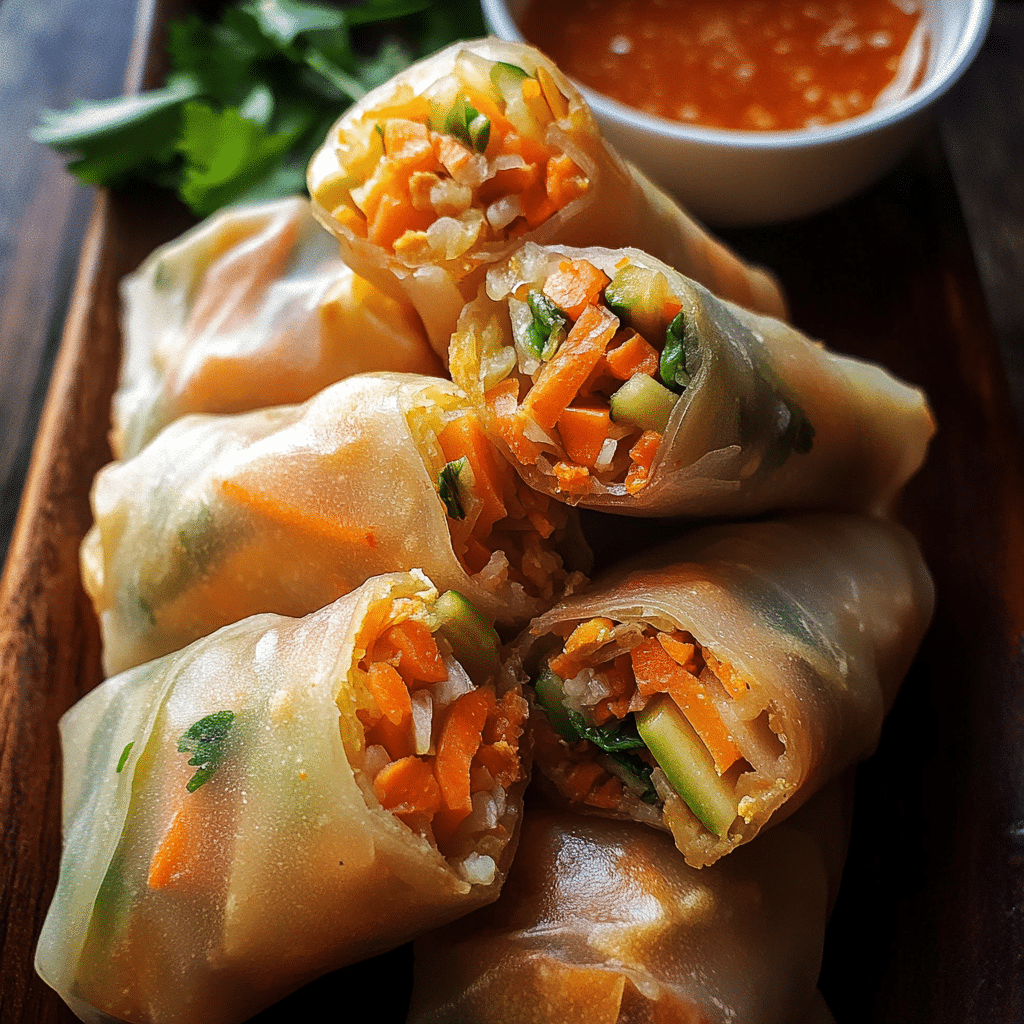
Tips for Perfect Vegetable Spring Rolls
- Keep the Wrappers Moist: Rice paper wrappers can dry out quickly, which can make them hard to work with. If you’re assembling a large batch, keep the completed rolls covered with a damp towel to prevent them from drying out.
- Don’t Overfill: While it’s tempting to pack the spring rolls with lots of filling, it’s best to keep the ingredients in moderation. Overstuffing can make rolling difficult and result in torn wrappers.
- Use Fresh Ingredients: Since the vegetables and herbs are the stars of this dish, use the freshest ingredients available to get the best flavor and texture.
- Rolling Technique: Don’t rush the rolling process. Take your time to ensure the filling is tightly secured and the wrapper is evenly rolled for the best results.
- Experiment with Fillings: While the classic vegetable combination is delicious, feel free to get creative! Try adding thinly sliced mushrooms, julienned radishes, or even tofu for added protein. You can also make a version with rice noodles or vermicelli for a heartier roll.
Variations of Vegetable Spring Rolls
- Thai-style Spring Rolls: Add thinly sliced Thai basil, lime leaves, and a little bit of fish sauce to the filling for a distinctly Thai flavor. Serve with a spicy peanut dipping sauce or sweet chili sauce for an extra kick.
- Avocado and Black Bean Spring Rolls: For a hearty, plant-based version, add mashed black beans and slices of avocado. These spring rolls are not only delicious but also packed with fiber and healthy fats.
- Fruit Spring Rolls: For a sweet twist, try making fruit spring rolls with fresh mango, pineapple, and strawberries. These spring rolls can be served as a dessert or a refreshing snack, paired with a honey-lime dipping sauce.
- Spring Rolls with Protein: Add cooked shrimp, grilled chicken, or tofu to the vegetable filling for a more substantial meal. Tofu works especially well for vegan spring rolls, adding texture and protein.
Storage and Shelf Life
Vegetable spring rolls are best eaten fresh, but if you need to store them, you can refrigerate them for up to 1-2 days. To store, place the spring rolls in an airtight container, separated by parchment paper to prevent sticking. Keep them in the fridge until you’re ready to serve. You can also freeze the unassembled rolls (before frying) for up to a month. Simply arrange them on a baking sheet, freeze until solid, and then transfer to a freezer-safe container. To cook, thaw them in the fridge overnight and fry or serve as usual.
Side Dishes and Pairings for Vegetable Spring Rolls
Vegetable spring rolls pair wonderfully with a variety of dishes, whether you’re serving them as part of a larger meal or as a standalone appetizer:
- Asian-inspired Salad: A light, tangy Asian salad with sesame dressing complements the fresh flavors of the spring rolls.
- Rice or Noodles: Serve your spring rolls alongside steamed jasmine rice or a simple noodle dish like Pad Thai or sautéed soba noodles for a complete meal.
- Soup: Light and fragrant soups, such as miso soup or hot and sour soup, are a great pairing for spring rolls.
- Iced Tea or Coconut Water: Cool, refreshing beverages like iced jasmine tea or coconut water are perfect accompaniments to balance the freshness of the spring rolls.

Vegetable Spring Rolls Recipe
- Total Time: 45 minutes
Description
Crispy, golden spring rolls filled with a mix of fresh vegetables and aromatic herbs, lightly fried to perfection. These crunchy, savory bites are perfect as an appetizer or snack, served with a tangy dipping sauce for added flavor.
Ingredients
For the Vegetable Spring Rolls:
- 12–15 rice paper wrappers (available at most grocery stores or Asian markets)
- 1 cup shredded carrots
- 1 cup shredded cabbage (green or purple)
- 1 cucumber, julienned
- 1 red bell pepper, thinly sliced
- ½ cup fresh cilantro leaves
- ½ cup fresh mint leaves
- ½ cup fresh basil leaves (optional)
- 1 avocado, sliced (optional)
- 1 cup cooked vermicelli noodles (optional)
For the Dipping Sauce (Peanut or Hoisin Sauce):
- 3 tablespoons peanut butter (or almond butter for a variation)
- 1 tablespoon soy sauce or tamari (for a gluten-free option)
- 1 tablespoon honey or maple syrup
- 1 tablespoon rice vinegar
- 1–2 teaspoons chili garlic sauce (optional, for spice)
- 2 tablespoons warm water to thin the sauce
Instructions
1. Prepare the Vegetables and Fillings
Start by preparing all the vegetables and fillings for the spring rolls. Begin with the carrots, cabbage, cucumber, and bell pepper. Use a julienne peeler or sharp knife to cut the vegetables into thin strips. The thinner the strips, the easier it will be to roll the spring rolls. If you’re using avocado, slice it into thin pieces as well.
If you’re using vermicelli noodles, cook them according to the package instructions and set them aside to cool. Once all the vegetables and fillings are prepared, gather them together in one place so you can easily assemble the spring rolls.
2. Prepare the Rice Paper Wrappers
Rice paper wrappers are delicate and can tear easily, so it’s important to work quickly and gently when handling them. Fill a shallow dish or large bowl with warm water. Submerge one rice paper wrapper at a time into the water, and let it soak for about 5-10 seconds until it becomes soft and pliable. Avoid soaking the wrapper for too long, as it can become too sticky and difficult to work with.
Carefully remove the rice paper from the water and place it flat on a clean surface, such as a cutting board or countertop. You can also lay a damp kitchen towel underneath the wrapper to prevent it from sticking.
3. Assemble the Spring Rolls
Once the rice paper is softened, it’s time to assemble the spring rolls. Place the softened rice paper wrapper in front of you, with one edge facing you. Start by placing a small handful of the prepared vegetables in the center of the wrapper, making sure to leave about 1-2 inches of space on each side for folding.
If you’re using vermicelli noodles, place a small amount on top of the vegetables. Then, layer in the fresh herbs—cilantro, mint, and basil—for added flavor. You can also add a few slices of avocado for creaminess. Be careful not to overfill the wrapper, as it will make rolling difficult.
4. Roll the Spring Rolls
To roll the spring rolls, begin by folding the bottom edge of the rice paper up over the filling, tucking it in gently. Then, fold in both sides of the rice paper towards the center. Finally, carefully roll the wrapper tightly from the bottom to the top, ensuring that the filling stays secure and the rice paper is tightly wrapped around it.
Repeat the process for each spring roll, making sure to prepare each one individually. If the wrapper tears or becomes too sticky, don’t worry—simply start with a fresh one. If you’re making a large batch, you can cover the finished rolls with a damp cloth to keep them from drying out while you work on the rest.
5. Optional: Frying the Spring Rolls
While fresh vegetable spring rolls are typically served cold or at room temperature, you can opt to fry them for a crispy, golden exterior. If you choose to fry your spring rolls, heat a few tablespoons of oil in a large pan or wok over medium heat. Once the oil is hot, carefully place the spring rolls in the pan, ensuring they don’t overlap.
Fry the spring rolls for 2-3 minutes per side, or until golden brown and crispy. Once done, remove them from the pan and place them on a paper towel-lined plate to absorb any excess oil. Fried spring rolls should be served immediately for the best crunch.
6. Make the Dipping Sauce
While the spring rolls are resting or frying, you can prepare the dipping sauce. In a small bowl, combine the peanut butter (or almond butter), soy sauce, honey or maple syrup, rice vinegar, and chili garlic sauce (if using). Whisk everything together until smooth. If the sauce is too thick, add a little warm water to thin it out to your desired consistency. Taste the sauce and adjust the seasoning as needed, adding more sweetener or chili sauce to balance the flavor.
Alternatively, if you prefer hoisin sauce, you can use store-bought hoisin sauce as a dipping option. Some people even like to mix hoisin sauce with a little bit of soy sauce and sesame oil for an extra layer of flavor.
7. Serve the Vegetable Spring Rolls
Once your spring rolls are assembled (and fried if desired) and your dipping sauce is ready, it’s time to serve. Arrange the spring rolls on a serving platter and serve them with the dipping sauce on the side. The fresh rolls are typically served cold or at room temperature, while fried spring rolls are best enjoyed warm. Garnish with additional fresh herbs or a sprinkle of sesame seeds if desired.
- Prep Time: 30 minutes
- Cook Time: 5 minutes
Nutrition
- Calories: 40-50 kcal
- Fat: 1-2g
- Carbohydrates: 8-10g
- Protein: 1g
Conclusion
Vegetable Spring Rolls are a delightful, healthy, and versatile dish that can be tailored to your tastes and dietary preferences. Whether served fresh or fried, these spring rolls are a crowd-pleaser that are light, flavorful, and packed with fresh ingredients. With a few simple steps and a bit of creativity, you can enjoy this Asian-inspired treat at home anytime. Whether for a family dinner, a party appetizer, or a refreshing snack, vegetable spring rolls are sure to become a favorite in your recipe repertoire!

